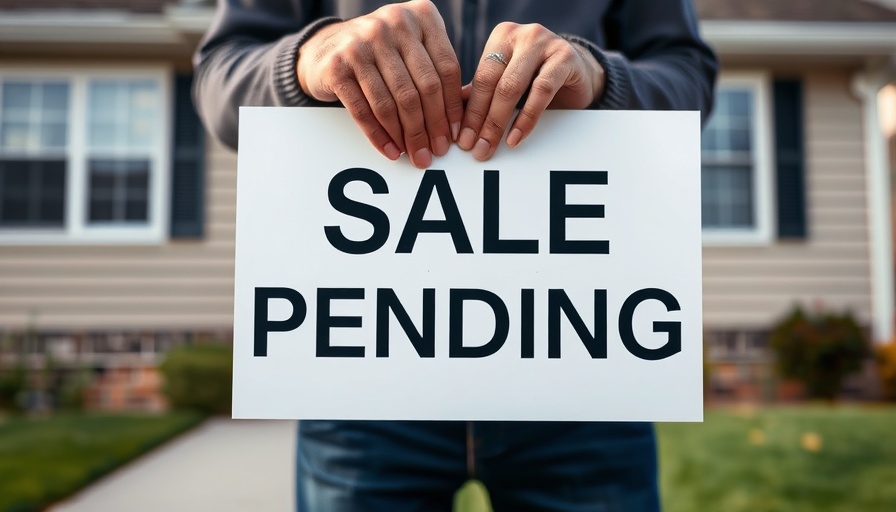
Understanding Unpermitted Additions: More Common Than You Think
If you’re looking for a new home, stumbling upon unpermitted additions can feel overwhelming. However, they are more common than most home buyers realize. As many homeowners opt for renovations to enhance their living spaces, skipping the permitting process can sometimes seem like an easy way out. Understanding what unpermitted additions entail is crucial before making a purchase. While they may not always be a dealbreaker, navigating them requires some foresight and knowledge about local regulations and potential implications.
What Constitutes an Unpermitted Addition?
An unpermitted addition is typically any renovation or structural change made without prior approval from your local building authority. This can cover a variety of projects, from a room extension to changes involving plumbing or electrical work. Crucially, however, not everything requires a permit. Cosmetic updates like repainting or new flooring often don’t need approval, but any changes that touch on structural integrity or essential systems usually do. Knowing the difference is key to determining the safety and legality of any potential purchase.
The Risks of Buying Properties with Unpermitted Additions
Purchasing a home with unpermitted work opens up several risks. Primarily, you might face issues related to safety standards and building code compliance. If a property is found to have unpermitted work during a sale, it can trigger costly repairs, fines, or even mandatory removal of the work. Additionally, it could impact your ability to sell the home down the line, especially if potential buyers have their reservations about dealing with unpermitted additions.
Assessing Value in Unpermitted Additions
Despite the potential drawbacks, unpermitted additions can sometimes add value, particularly if the spaces created serve a practical purpose. The important factor is that these additions should be structurally sound and enhance the overall livability of the home. Buyers should employ due diligence by hiring a qualified home inspector or contractor to evaluate the integrity of the additions before moving forward. Understanding whether these features enhance your lifestyle and how they might affect resale can help in making a more informed purchase.
Legal Considerations and Next Steps
When dealing with unpermitted additions, consulting a real estate attorney becomes vital. They can provide guidance on local ordinances and potential repercussions if the work does not comply with regulations. They may also assist in negotiating with sellers or addressing how to rectify unpermitted changes. Additionally, obtaining a professional inspection can reveal any underlying issues, giving you a clear picture of what you're getting into.
Tips for Navigating Unpermitted Additions
- Research Local Regulations: Different areas have varying rules about permits, so understanding your local laws is key.
- Get a Professional Inspection: An inspection can highlight both legitimate and questionable modifications.
- Evaluate Your Risk Tolerance: Weigh the pros and cons based on your long-term plans for the property.
- Consult Real Estate Experts: Work closely with trusted real estate agents or lawyers for additional guidance.
- Consider Future Selling Potential: Think about how unpermitted work may impact your ability to sell or leverage the property down the road.
In conclusion, while buying a house with unpermitted additions can come with its set of challenges, it doesn’t necessarily have to be a dealbreaker. Equip yourself with knowledge and enlist professional help to navigate these complexities. Knowledge leads to confidence in your real estate investments, ensuring you make well-informed decisions as you step into your home-buying journey.
Ready to find your next home? Explore various options in the housing market, including homes for sale and real estate listings, to locate the perfect fit while staying informed.
 Add Row
Add Row  Add
Add 




Write A Comment